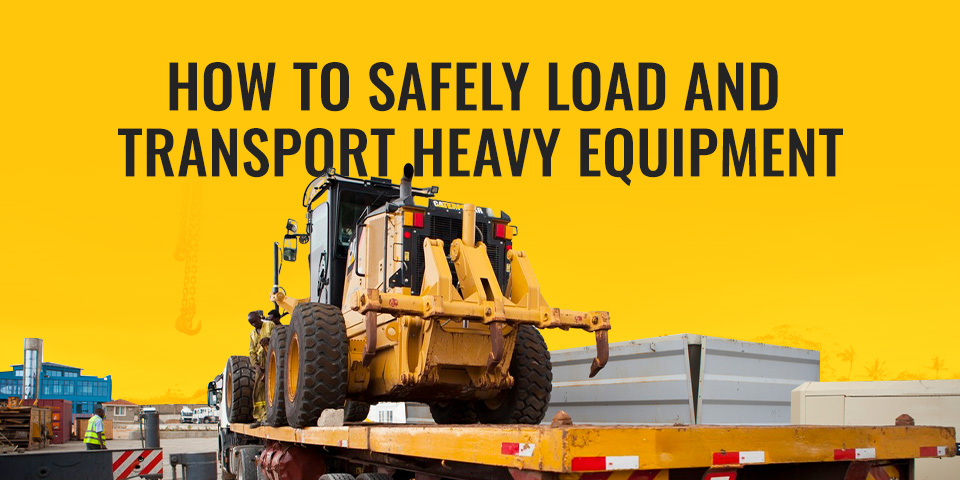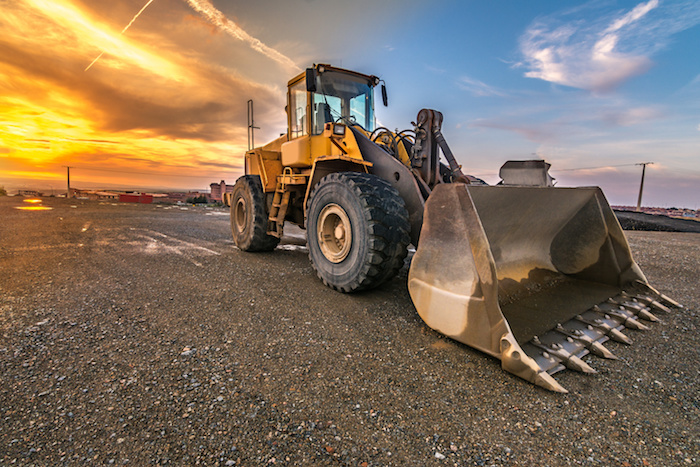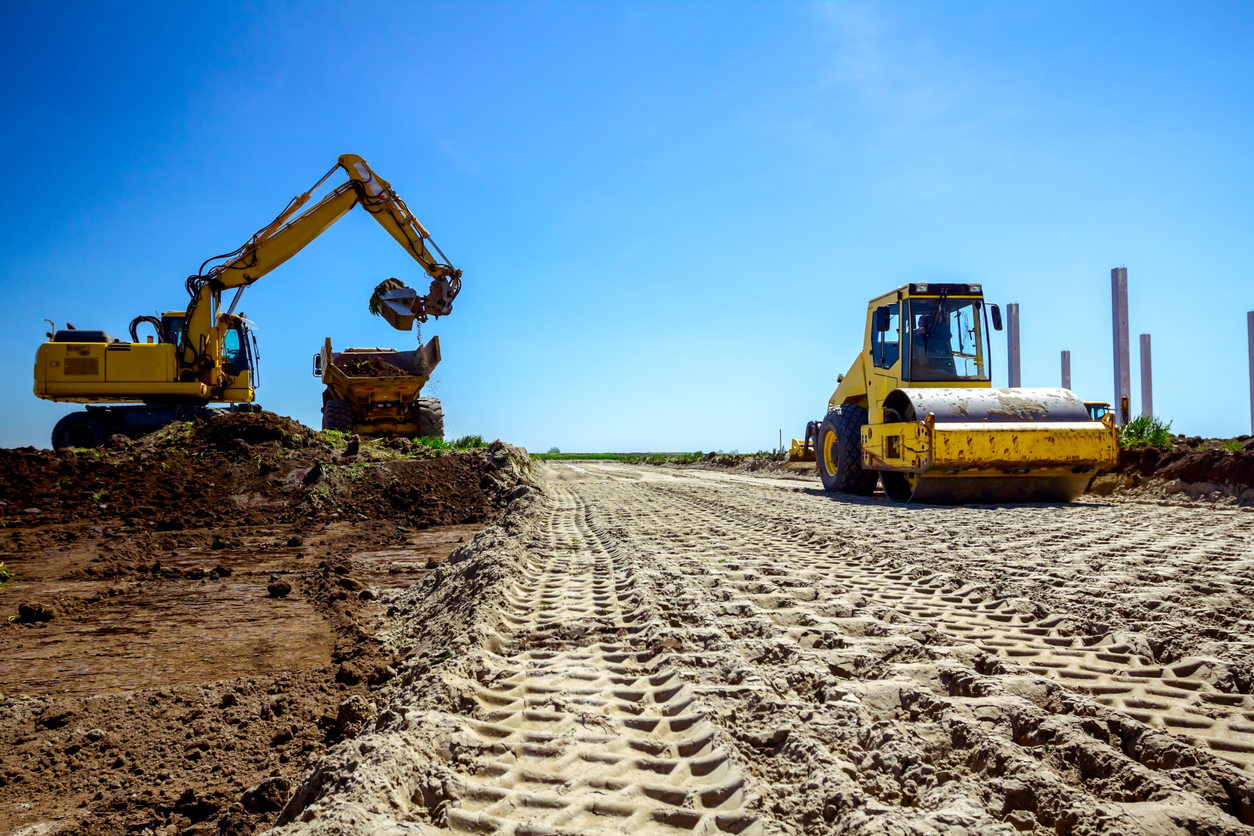Economical Dozer Rental Solutions Near You
Economical Dozer Rental Solutions Near You
Blog Article
Renting Out Vs. Purchasing Building And Construction Equipment: Making the Right Choice for Your Task
When beginning on a building project, one of the essential decisions that forecast stakeholders and supervisors deal with is whether to lease or acquire construction equipment. Both choices have their advantages and disadvantages, making the selection an essential one in the job preparation process. The decision depends upon various elements such as cost factors to consider, project duration, tools upkeep, scalability, danger, and versatility monitoring. Each component plays an important role in establishing one of the most ideal path for the project's tools requirements. mini excavator rental. Allow's check out these factors further to understand exactly how they impact the decision-making procedure and eventually the success of the task.
Price Factors To Consider
Leasing equipment commonly needs reduced first payments contrasted to purchasing, making it an attractive option for short-term tasks or specialists with budget restraints. In the long run, continually renting equipment can collect higher expenses than buying, specifically for extensive jobs.
On the various other hand, buying construction equipment includes greater in advance expenses yet can result in long-lasting savings, especially for long-term tasks or frequent individuals. Possessing devices provides flexibility, comfort, and the capacity for resale value once the task is completed. Furthermore, possessing tools permits personalization and knowledge with specific equipment, possibly boosting efficiency and efficiency on-site. Eventually, the choice in between renting and buying construction equipment rests on the project's duration, regularity of usage, budget plan considerations, and long-lasting economic goals.
Job Duration

Alternatively, for long-term jobs or ongoing construction job, getting tools can be the extra affordable choice. Investing in tools can bring about cost financial savings in the future, particularly if the devices will be often utilized. Moreover, owning equipment provides a feeling of control over its schedule and enables personalization to fit particular project needs.

Equipment Upkeep
Provided the critical duty task duration plays in determining the most cost-efficient approach between renting and acquiring building tools, the focus now changes towards examining the vital facet of devices upkeep. Appropriate maintenance is vital for ensuring the optimum performance and long life of construction devices. Leasing tools often includes the benefit of having actually well-maintained machinery provided by the rental company. This can alleviate the burden of upkeep jobs from the task owner or contractor, saving time and effort. On the other hand, having devices requires a proactive method to upkeep to stop breakdowns, ensure safety and security, and extend the equipment's lifespan. Regular inspections, maintenance, and prompt fixings are essential to maintain owned and operated devices in leading working condition. Consider maintenance costs when determining in between renting out and purchasing, as disregarding maintenance can lead to costly repairs, downtime, and task delays. Inevitably, a properly maintained building equipment fleet, whether leased or owned, is important for the effective and successful conclusion of building and construction tasks.
Flexibility and Scalability
In the realm of building devices administration, the element of adaptability and scalability holds substantial relevance for task efficiency and source application. Opting to lease building devices offers a high level of adaptability as it allows for the quick change of devices types and quantities based on the developing needs of a project. Leasing enables professionals to access a variety of customized devices that may be needed for specific tasks without the long-term dedication of possession. This flexibility is especially helpful for jobs with varying needs or unclear periods (dozer rental).
Renting construction equipment supplies the benefit of easily scaling operations up or down as job demands vary. Specialists can rapidly trade or include tools to match the task's changing requirements without the restrictions of having assets that might come to be underutilized or out-of-date.
Threat Management
Efficient risk administration in construction devices procedures is extremely important to ensuring job success and mitigating potential economic losses. Building projects naturally involve various dangers, such as devices breakdowns, mishaps, and project hold-ups, which can dramatically influence the task timeline and budget plan. By carefully considering the risks connected with owning or leasing building and construction equipment, project supervisors can make enlightened decisions to lessen these prospective risks.
Renting building tools can offer a level of threat mitigation by moving the responsibility of maintenance and repair work to the rental company. This can lower the monetary concern on the task proprietor in case of unexpected tools failures (heavy equipment rental). Furthermore, leasing provides the adaptability to access customized devices for particular job stages, reducing the threat of possessing underutilized machinery
On the other hand, having building devices gives a feeling of control over its usage and upkeep. Nevertheless, this likewise means birthing the complete duty for repairs, upkeep prices, and devaluation, enhancing the monetary threats associated with devices possession. Careful danger analysis and consideration of elements such as job period, equipment use, and upkeep demands are essential in figuring out one of the most appropriate alternative for efficient risk monitoring in building and construction jobs.
Final Thought
To conclude, when deciding between renting out and buying building tools, it is necessary to think about price, task period, equipment maintenance, versatility, scalability, and risk administration. Each element plays a vital function in establishing one of the most appropriate alternative for the task handy. By meticulously evaluating these aspects, project managers can make an informed decision that aligns with their spending plan, timeline, and total task objectives.

Report this page